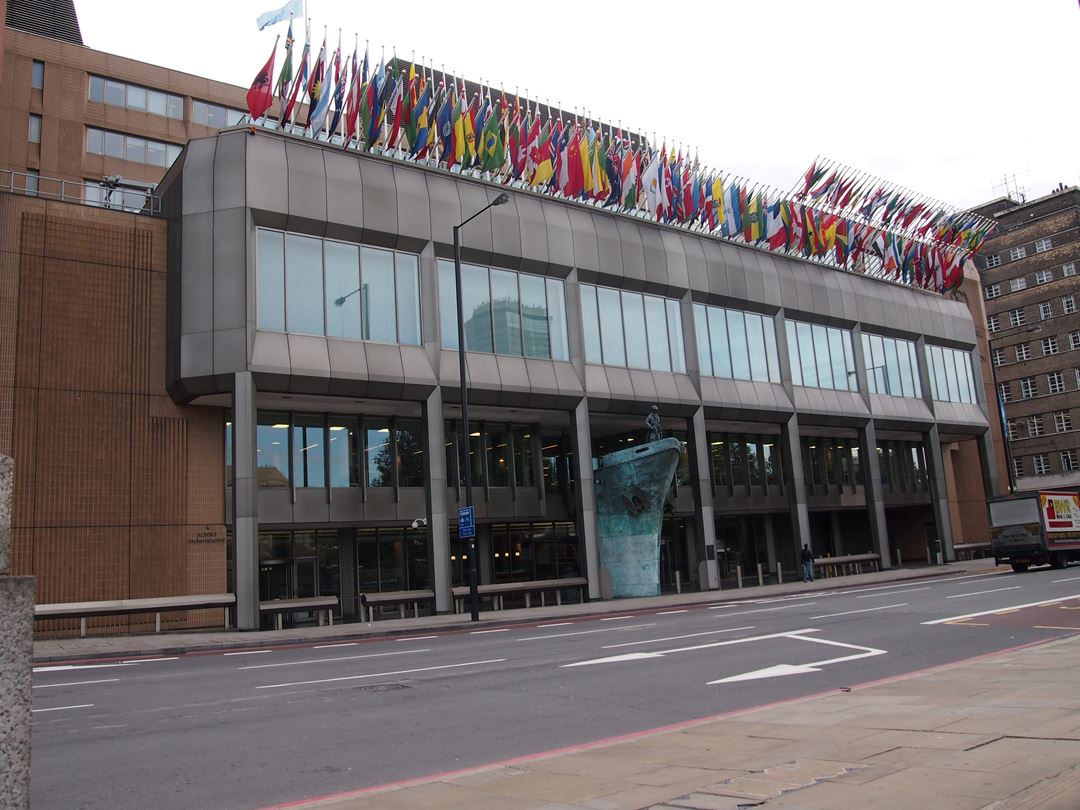This includes electronic ship clearance, support of electronic ship certificates and an update to the FAL compendium. MARINTEK and ISO will support these developments through their work on international standardisation.
The IMO Facilitation Committee (FAL) held its 40th meeting on April 4th to 8th in London. Mr. Ørnulf Jan Rødseth from MARINTEK was present as observer from ISO (International Organization for Standardization) where MARINTEK is participating in a range of activities to support the digitalization of shipping. IMO FAL 40 made a number of important decisions that will greatly advance these efforts.
Electronic ship clearance
The most important was that the FAL Convention was agreed amended to require the implementation of electronic ship clearance by April 2019. This decision was also followed by information that IMO is continuing its work on developing a prototype electronic single window software for interested member states. Electronic and digital port clearance will in itself simplify the port call process, but it will also force the administrations to go through all their reporting requirements and hopefully reduce the confusion related to what information is required in what format in what port. MARINTEK and ISO will contribute to this by continuing our long work on developing suitable data standards for maritime single windows. It is expected that the ISO 28005 standard on electronic port clearance will play a significant role in this work. MARINTEK was instrumental in development of this standard.
Another positive development was the continuing effort to look at ways to develop electronic ship certificates. Many flag states now offer this opportunity, typically as PDF documents that can be printed out when needed. At the meeting, ISO demonstrated results from the e-Compliance project (www.e-compliance-project.eu) that shows how such certificates can be developed as fully electronic documents, e.g. in XML format, with secure digital signatures. This was met with great interest and ISO will start a new work item on developing a draft standard for this purpose.
Finally, ISO, WCO (World Customs Organisation) and UNECE made public their intention to develop better and more consistent information models for electronic single windows. This work will result in updates to the respective standards as well as an update to the FAL compendium where the new unified information model will be published. The goal is to create a list of data elements that is easy to understand while also being linked to formal definitions that make the definitions unambiguous.

